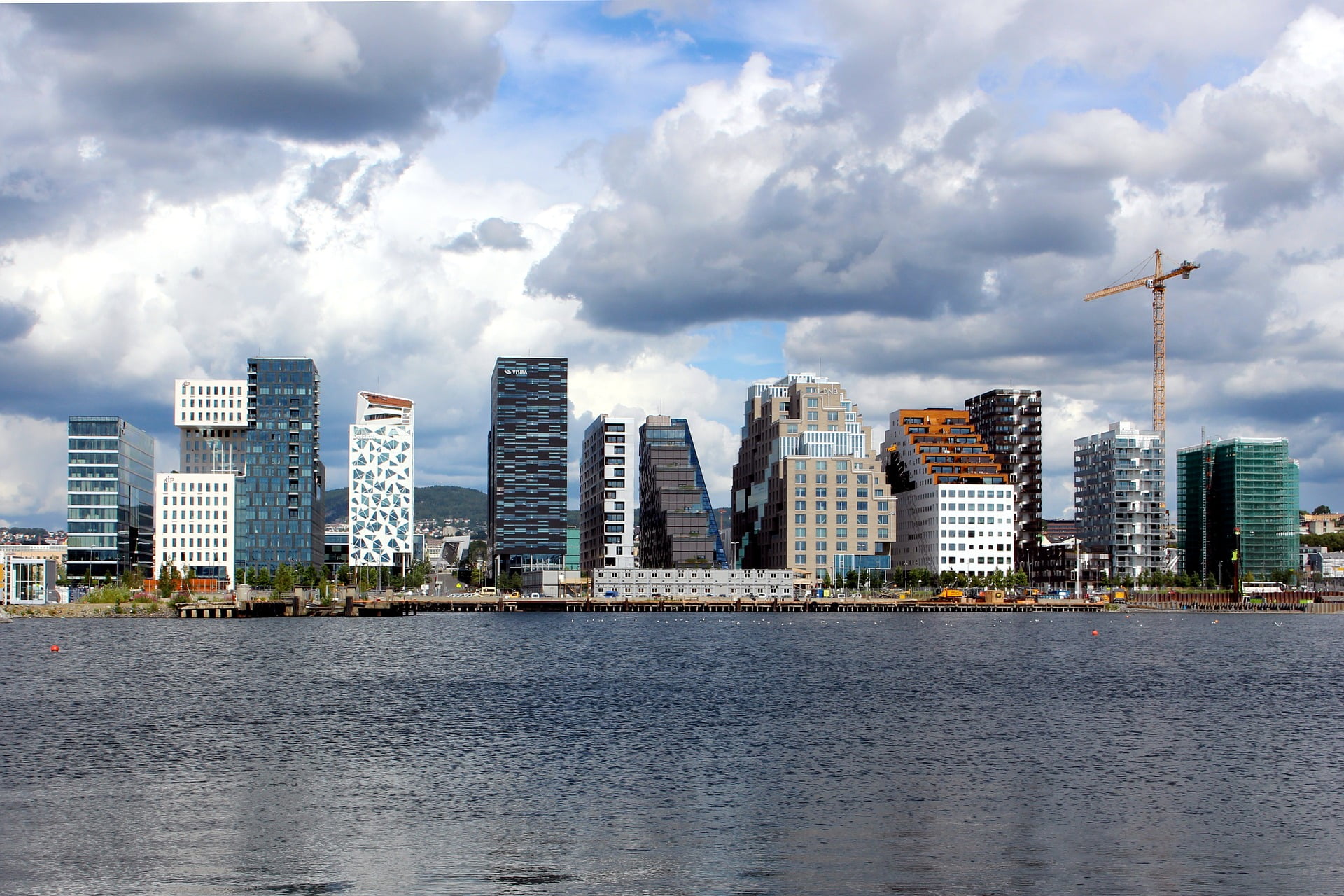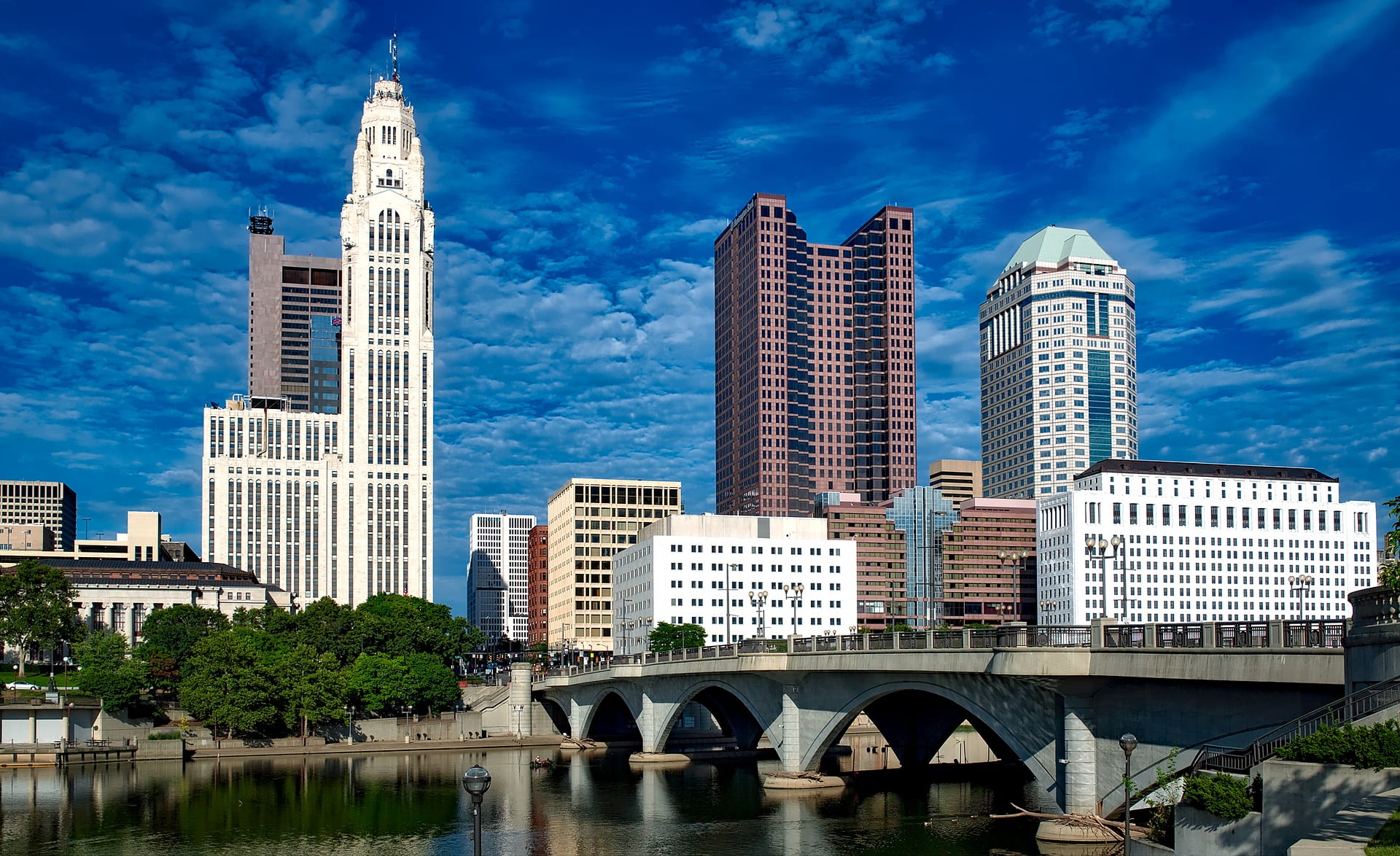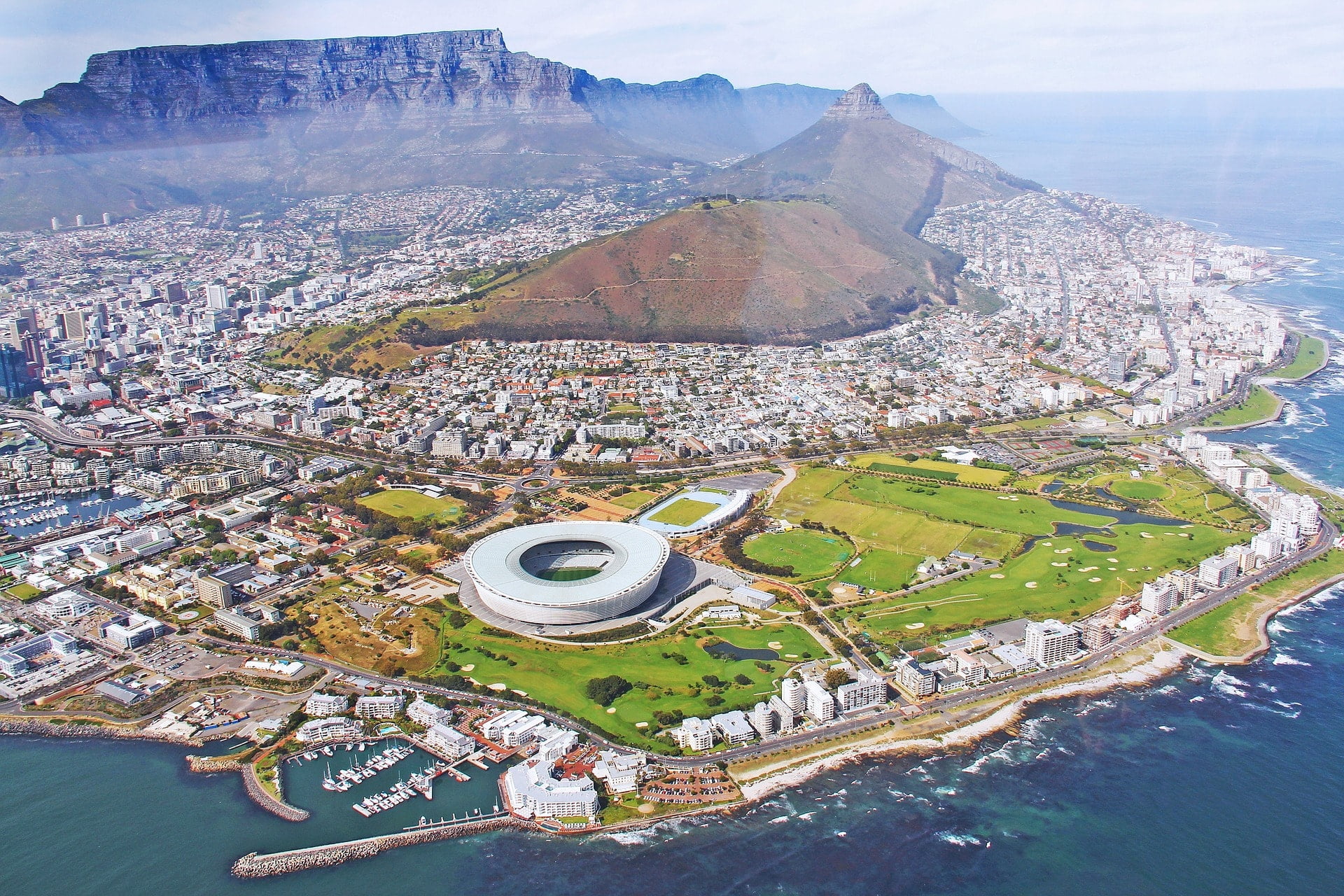Is your city dumb or Smart? Do the buildings, roads and power supply systems operate with maximum efficiency? Smart cities engage governments, citizens and businesses in a connected ecosystem. The following embrace smart city concepts for the quality of life improvements as cities become more populous.
1. Adequate Water Supply:
Singapore:

After 20 years of planning, the city-state of Singapore has adopted a “reuse water endlessly”recycling program. The city-state currently gets 50% of its water supply from neighbor Malaysia.
Recycling Singapore enables generation of 40% more water for its citizens. With further infrastructure upgrades, by 2060, Singapore will supply an estimated 85% of its own water.
To maximize recycling, the city has established protected areas in urban rainwater catchments, uses estuaries as freshwater reservoirs and desalinates sea water.
2. Assured Electricity Supply:
Los Angeles, California:

The metropolis addresses electrical power for homes, businesses and outdoor lighting.
Well lit outdoor areas connect people safely and positive reactions to spaces. Los Angeles also recognizes how lighting encourages tourism.
To this end, the city is upgrading street lights to smart poles that incorporate data collection platforms to include digital recordings, solar panels, and sensors. Smart poles enable a 30% energy savings.
3. Efficient Urban Mobility And Public Transport:
Singapore:
Currently, Singapore is one of the least congested major cities in the world. The city’s Land Transport Authority (LTA) commits to better management of bus fleets, specifically to reduce overcrowding and improve scheduling.
Singapore also developed the Intelligent Transport System (ITS), to solve traffic congestion, a side effect of its burgeoning population. ITS is smart transportation technology. This system has one of the world’s first Electronic Road Pricing Systems and real-time traffic information using GPS-enabled taxis.
4. Sustainable Environments:
Oslo, Norway:

This location is the European Commission’s Green Capital for 2019. The city currently has the largest number of electric cars in the world. Vast protected natural areas also contribute to the green rating.
Most importantly, everything is recycled, sewage sludge becomes fuel for garbage trucks and some buses, food waste converts to biofuel and fertilizer. Waste-to-energy incineration plants generate 20 percent of the city’s heat.
Oslo has plans to be carbon-neutral by 2050. A carbon capture and storage program is in the beginning stages.
5. Safety And Security Of Citizens, particularly women, children and the elderly, and the disabled:
Columbus, Ohio:

Columbus won the U.S. Department of Transportation’s Smart City Challenge and plans to address the city’s transportation system.
Commute time is not the major focus of transit revamp. Links between poor mobility and poor health have been established. Shoddy public transit causes stress and anxiety whether it’s a routine errand or a healthcare appointment.
Columbus’ winning proposal focuses on connecting low-income South Linden residents to better access to medical care, jobs, and education.
Age-Friendly Columbus addresses programs for the elderly encompassing home modifications, volunteer services and social opportunities located in the neighborhood. Elderly citizens age in place with familiar settings.
6. Health and Education:
Seoul, Korea:

Smart Health Technology employs the latest mobile devices to improve the health of its population. The devices are the base of smart healthcare for Seoul.
The approach includes fitness trackers, fitness bands and health assessment apps in smartphones. Real-time data collection can be analyzed by doctors, researchers and health care professionals for individual diagnosis and treatment plans. The method saves the cost and time of both patients, hospitals, and advances preventive measures.
Seoul’s educational systems emphasize STEM principles to insure encourage professional development.
7. Affordable Housing:
Todmorden, Uk:
Todmorden aims to change mainstream housing to prioritize people-centric design in its urban policy. Citizens provide input for affordable homes and programs to promote strong community ties.The plan integrates digital technologies into the city systems and monitors technology to benefit community cohesion. Building smart requires the development of living, working and playing spaces that are user-friendly. That requires the inclusion of everyone who will be affected by changes.
8. E-Governance:
Cape Town, Africa:

One of the leading practitioners of e-government, this city uses electronic communications devices, computers, and the Internet to provide public services. Interaction consists of citizens communicating with every level of government through websites and computers.
Cape Town relies on evolving Information and Communication (ICT) implementation and strategies to attract global businesses.
Data collection is used for risk management, law enforcement, traffic, fire and rescue, and investigation units.
9. In conclusion, in 2019 China leads the world in advance cities. The country has the highest number of project and smart implementations.
Read Also:




























